Think tattoos are just for the young? You're wrong. Today, more seniors than ever are getting tattoos, showing that being yourself is possible at any age. This guide has all the information you need about getting tattooed in your golden years, whether you want your first one or want to add to the ones you already have.
What Should Seniors Know Before Getting a Tattoo?
Making an informed decision about getting a tattoo requires understanding how age affects both the tattooing process and healing.
3mm stroke Tattoo Machine Double head Tattoo permanent makeup CTGE004
Know How Your Skin Changes
Our skin gets thinner and less elastic as we age. This means that getting a tattoo might need special skills, and it might take longer to heal than for younger people. Also, the ink might spread a little more under aging skin, so simpler designs usually work better than highly detailed ones.
Consider Health Conditions
Your health is very important during the tattooing process. Blood thinners and other common medicines can increase bleeding during tattooing. Some diseases, like diabetes, can take longer to heal. You should always talk to your doctor, especially if you have:
- Heart conditions
- Diabetes
- Autoimmune disorders
- Blood clotting issues
Assess Your Pain Tolerance
Tattoos may not hurt more in older people, but their skin may be more sensitive. Sessions can be split up into small chunks to make sure everyone is comfortable. A lot of artists recommend starting with a smaller piece to see how much pain you can handle.
Plan Your Time Commitment
The healing process typically takes 3-4 weeks for seniors, slightly longer than for younger adults. During this time, you'll need to:
- Keep the area clean and moisturized
- Avoid swimming and long baths
- Protect the tattoo from sun exposure
- Follow specific aftercare instructions
Remember that being well-prepared is one of the best ways to make sure you have a good tattoo experience. Take your time to think about these factors, and if you have any worries, talk to both your doctor and the tattoo artist.
Which Tattoo Designs Are Trending Among Seniors in 2025?
Tattoos for seniors have changed a lot over the years. In 2025, these are the styles that seniors are most likely to choose.
Sentimental and Memorial Pieces
Seniors often pick patterns that tell the story of their lives. Flower arrangements honoring loved ones, vacation photos, and keepsakes from youth are all popular choices. These important pieces will always remind you of the special times and people in your life.
Family-Inspired Artwork
A lot of seniors choose patterns that celebrate family connections. Family crests, birthdates of children, and artwork made by grandchildren are becoming more and more common. Some choose to use handwriting samples from loved ones, which makes the tattoo pieces very personal and one-of-a-kind.
Nature-Based Tattoos
Flower patterns and botanical features are great for older skin because they can be changed in size and amount of detail to help the skin heal properly. Simple yet elegant flower work can be as bold or subtle as desired.
Simple and Bold Style Tattoo
For practical reasons, seniors also prefer clean, bold patterns. When you get older, these types look better and are easier to fix if you need to. A lot of people choose:
- Clear, defined lines
- Classic symbols
- Minimalist interpretations
- Black and gray designs
Symbolic Pieces
Seniors often choose spiritual symbols, meaningful quotes, and trees of life to show their views and life journey. There are often unique touches in these designs that tell stories of success, growth, or big changes in people's lives.
Biomaser P70 Mini Portable Permanent Makeup Power Supply
Where Are the Best Placement Options for Senior Tattoos?
| Placement Area | Advantages | Considerations | Pain Level |
| Upper Outer Arm | Good healing, easy care | Minimal skin changes | Low-Medium |
| Inner Forearm | Excellent visibility, stable surface | Sun exposure | Low |
| Upper Back | Large canvas, minimal movement | Needs help with care | Medium |
| Ankle | Good for small designs | Slower healing | Medium-High |
| Lower Leg | Stable surface | Circulation issues | Low-Medium |
- The upper outer arm stands out as a prime spot for senior tattoos. This area typically maintains good skin elasticity and experiences less sun exposure.
- The inner forearm offers another excellent option. This area usually heals well in older adults and provides a flat, stable surface for the artist to work on.
- The upper back provides a large, flat canvas that's perfect for bigger designs. This area typically experiences minimal daily movement and friction, which helps with both the tattooing process and healing.
- The ankle and lower leg area can work well for smaller designs, though healing might take slightly longer due to reduced circulation in the lower extremities.
The hands and feet, while popular choices, often present healing challenges for seniors due to thinner skin and constant movement. Joints and areas with frequent movement, or areas with frequent sun exposure should also be carefully considered.
How to Choose the Right Artist for Senior Tattoos?
For seniors, finding the right tattoo artist matters, as working with older skin requires special skills and knowledge.
Evaluate Artist Experience
Look for artists with at least five years of experience, particularly those who have worked with older clients. Look through their collection to see examples of work they've done on older skin. An experienced artist will know how different designs look on older skin and can recommend modifications that will give you the best results.
Check Studio Standards
The studio environment matters significantly. Visit potential studios to see how clean and easy they are to get to. A professional studio should have:
- Good lighting and ventilation
- Clean, organized workstations
- Comfortable seating with proper support
- Easy access for those with mobility concerns
Assess Communication Style
During your meeting, pay close attention to how the artist talks to you. They should:
- Pay close attention to your thoughts
- Explain the process clearly
- Be patient when you ask questions
- Talk about any health concerns in detail
- Offer design suggestions based on your skin condition
Read Client Reviews
Focus on reviews from older clients when available. Look for feedback about:
- The healing process
- Pain management during sessions
- Aftercare support
- Long-term results
- Overall experience
What Special Aftercare Do Seniors Need for Their Tattoos?
The aftercare for seniors usually takes longer and needs more attention. If you take the right steps, your tattoo will heal beautifully.
Follow the Initial Healing Stage
The first week is the most critical period. It's usually best to leave the bandage on for 24 to 48 hours. After taking it off, clean the area twice a day with warm water and mild soap. Use a clean paper towel to pat dry. Never rub or use cloth towels, which could have germs on them.
Manage the Healing Process
Seniors usually need 3–4 weeks for initial healing, while younger people only need 2–3 weeks. During this time:
- Weeks 1-2: Keep the area clean and wet with the right ointment for healing. To avoid friction, wear clothes that are loose and soft. It's normal to have light scabs, so don't worry about them. Just don't pick at them.
- Weeks 2–4: Change to a gentle lotion that is fragrance-free. Keep the spot out of the sun, and do not swim or soak in water.
Monitor for Complications
Watch carefully for signs that require medical attention:
- Increased redness or warmth
- Unusual swelling or tenderness
- Fever or chills
- Colored discharge
- Excessive itching or irritation
Maintain Long-Term Care
Once healed, your tattoo needs ongoing care to stay vibrant:
- Use high-SPF sunscreen when exposed to sunlight
- Keep skin moisturized daily
- Stay hydrated
- Report any skin changes to your doctor
Make Your Senior Tattoo Journey a Success
There's no age limit to self-expression. No matter what age, getting a tattoo can be fun if you do your research, plan ahead, and take care of it. Making smart choices that take into account your unique needs and situation as a senior is very important.
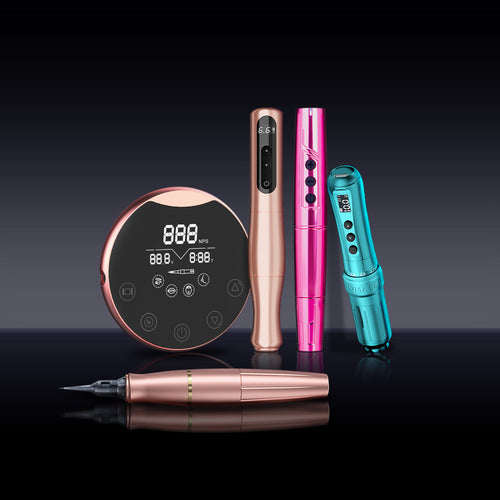
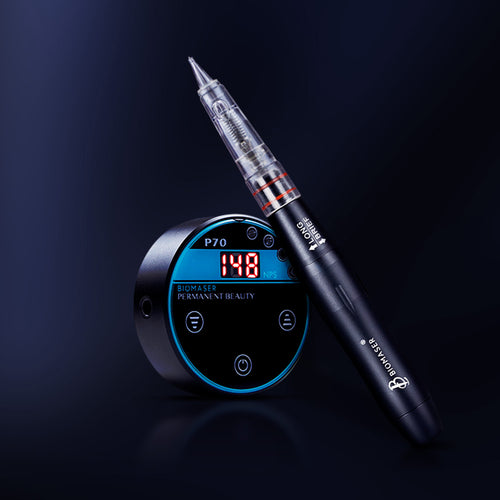

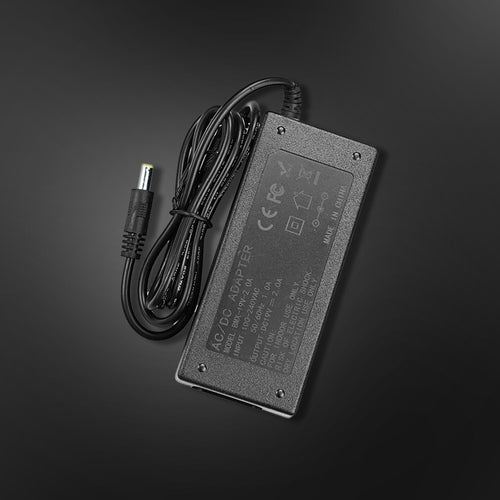





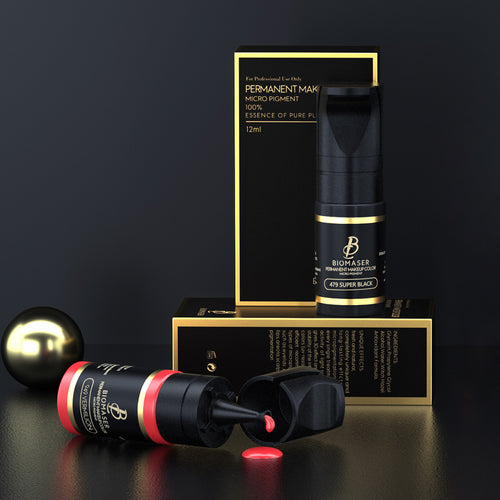
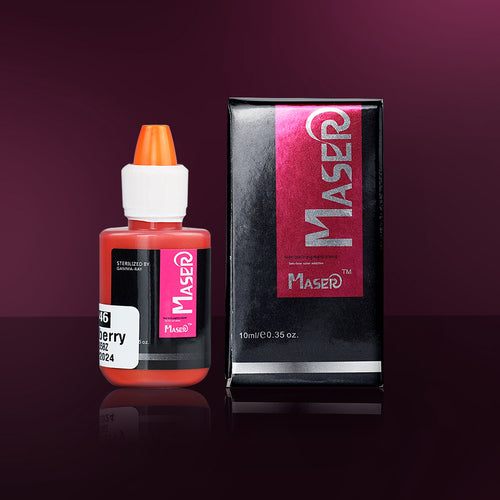
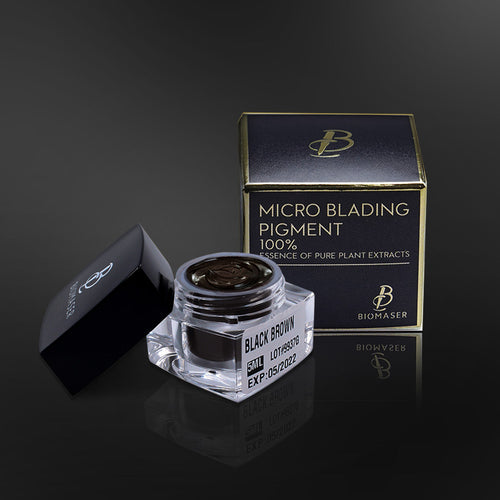
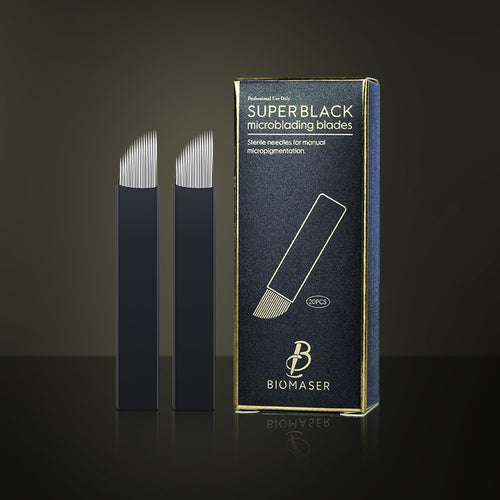
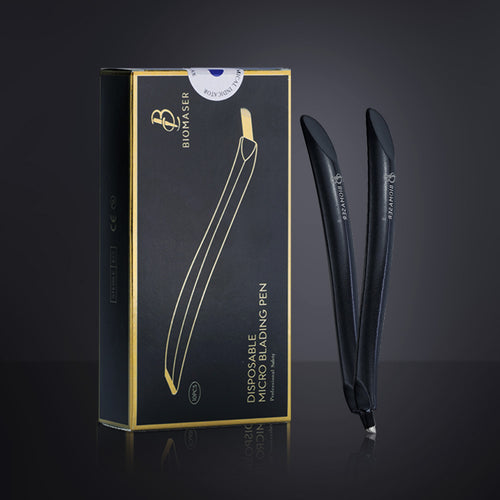
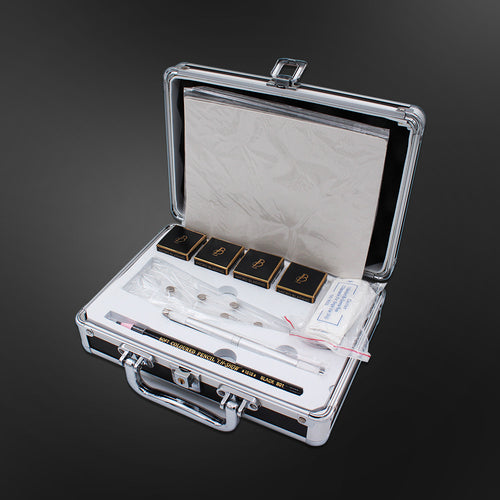
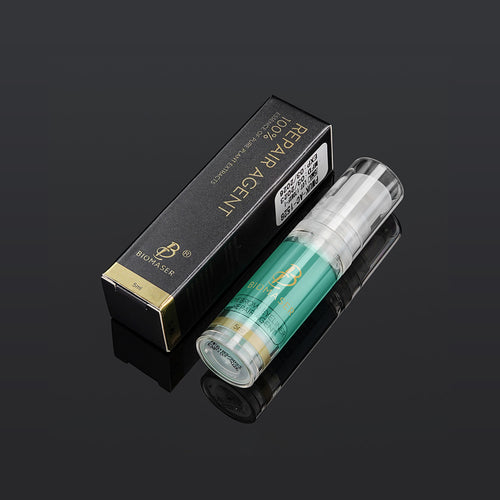
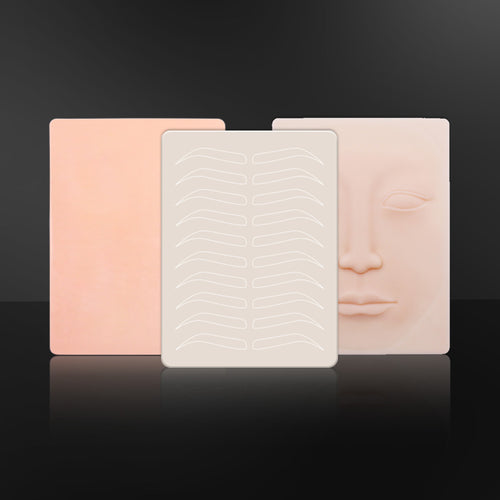
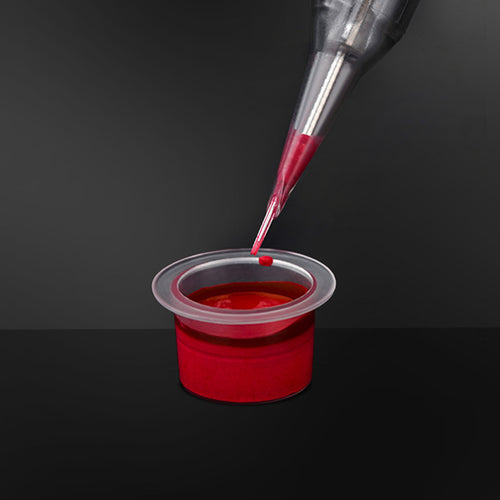


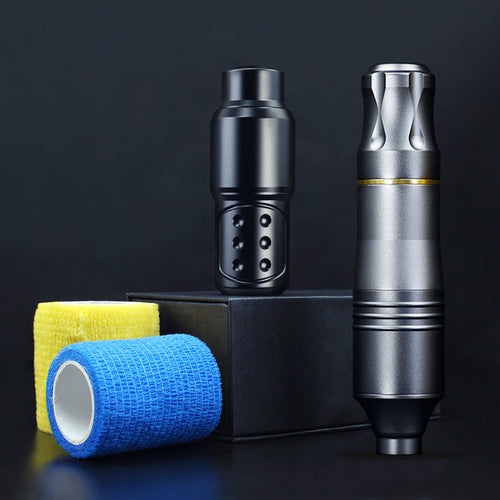
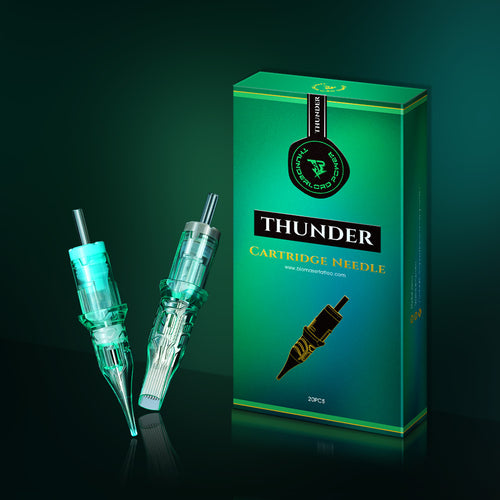



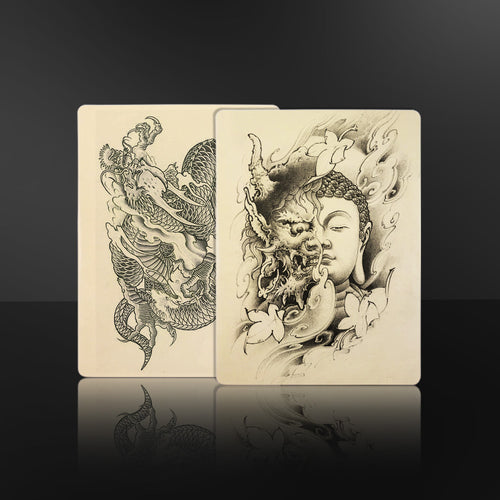
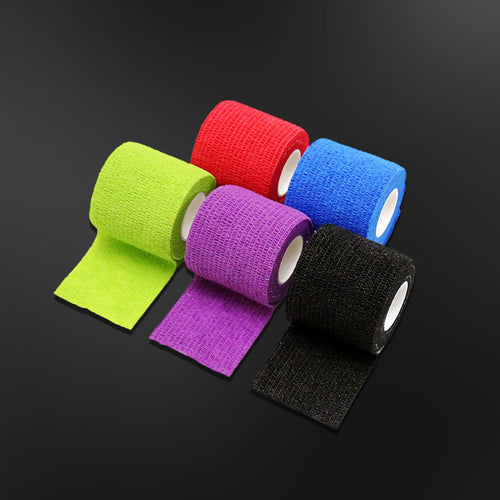
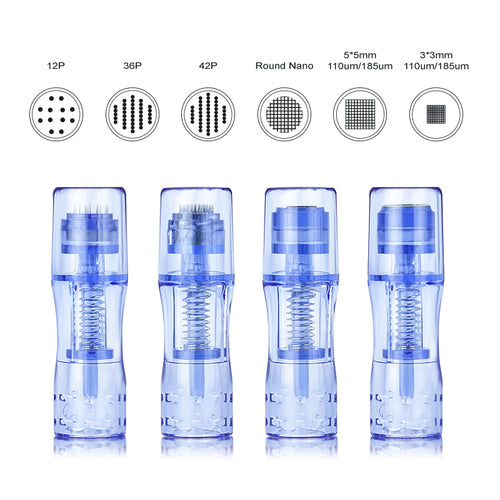
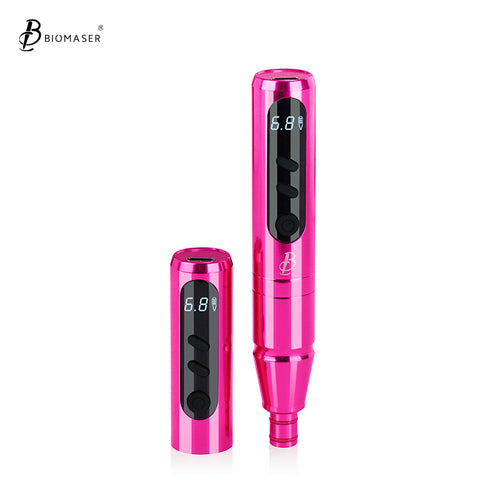
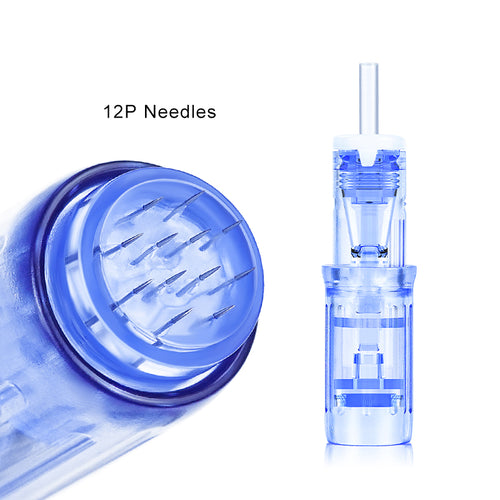
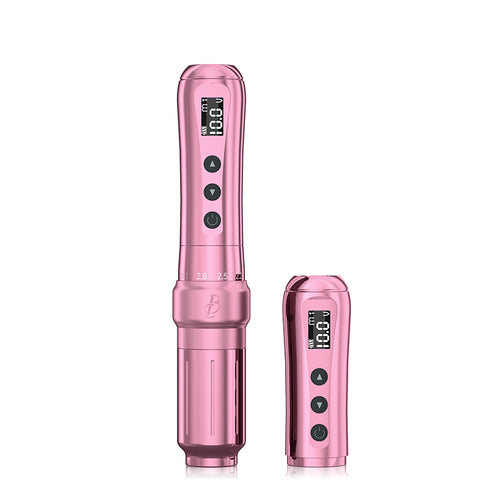

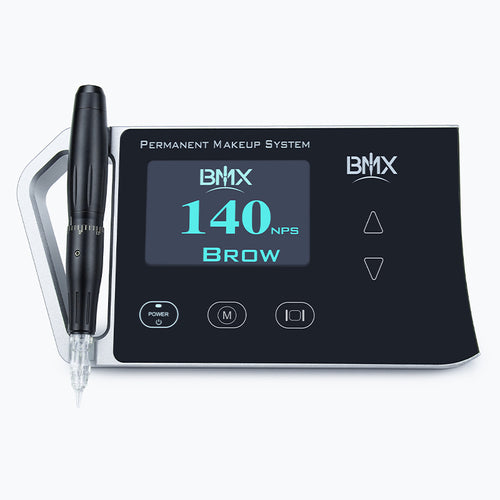

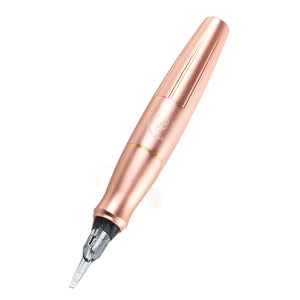

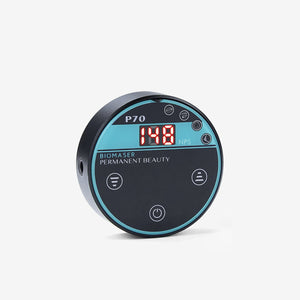



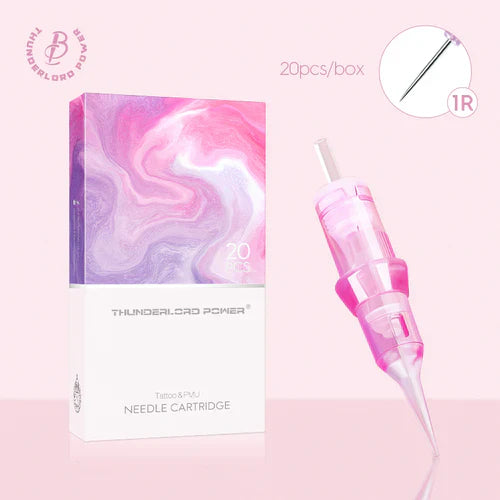
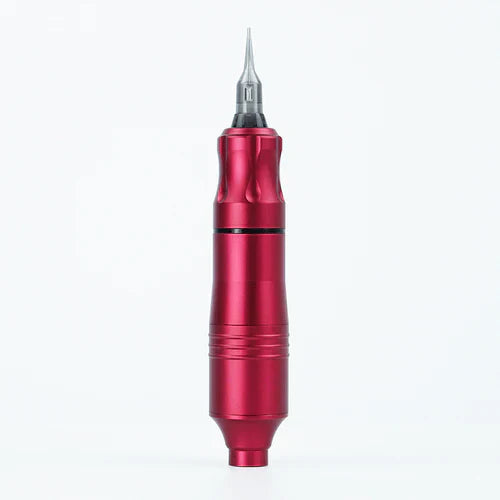
Laisser un commentaire
Ce site est protégé par hCaptcha, et la Politique de confidentialité et les Conditions de service de hCaptcha s’appliquent.